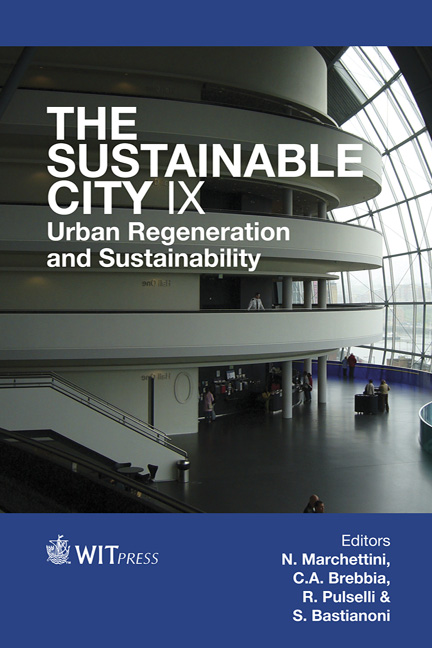The Effects Of Urban Traffic Plans On Noise Abatement: A Case Study
Price
Free (open access)
Transaction
Volume
191
Pages
12
Page Range
583 - 594
Published
2014
Size
521 kb
Paper DOI
10.2495/SC140491
Copyright
WIT Press
Author(s)
M. Gallo, G. De Luca, V. De Martinis
Abstract
Traffic noise is a significant externality in urban areas that reduces the quality of life and may produce non-negligible effects on human health. The main factor responsible for traffic noise is individual transportation (cars and motorcycles) and the more congested the urban network, the higher the average level of traffic noise. An Urban Traffic Plan (UTP) is a tool for managing the urban mobility; in Italy the UTP is provided for under national laws and one of its objectives is noise abatement. The UTP manages the network (road directions, signal settings, etc.) without providing new infrastructures. In this paper, we test the effectiveness of UTPs in terms of noise abatement on a real case: the Urban Traffic Plan of Benevento. In this paper, we compare the estimated equivalent noise levels in several points of the town for the current scenario and for the (final) design scenario. Initial results show that, in order to evaluate the actual effectiveness of the UTP vis-à-vis traffic noise, some more comprehensive indicators have to be proposed: evaluating traffic noise reduction only in some points of the network cannot yield clear-cut results.
Keywords
traffic noise, urban traffic plan, sustainable mobility





